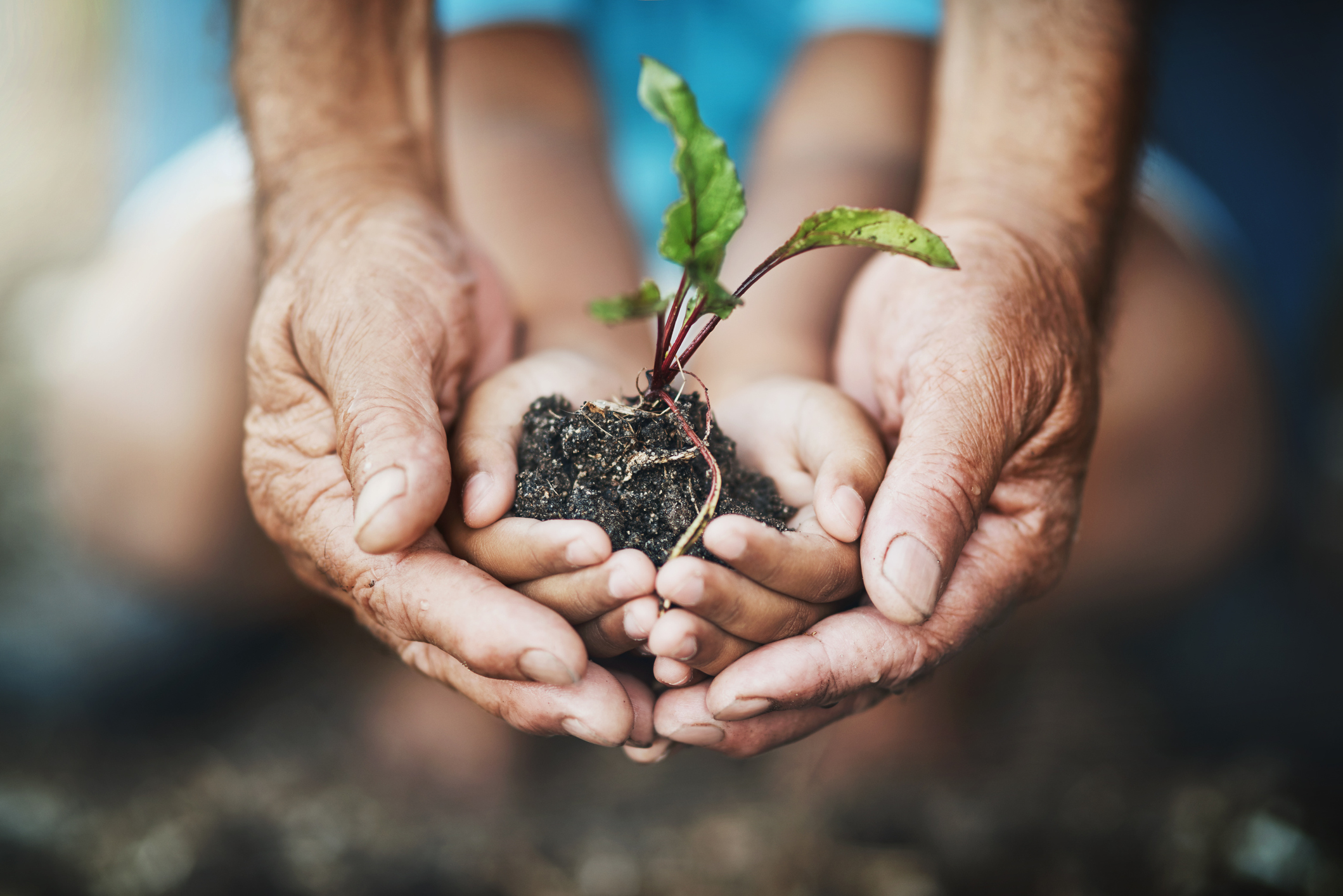Compostable, Recyclable or Biodegradable Packaging: whats the best option?

Compostable, biodegradable or recyclable? There are so many packaging choices out there. For businesses wanting to do the right thing by the planet, it can be confusing. What do these different terms mean? And which is the most eco-friendly option? Well, it is indeed a complex area. This blog will help to unravel the complexities so that you can make an informed choice.
What’s the difference between recyclable, biodegradable, and compostable packaging?
All of these packaging options are better for the environment than plastic packaging. However, there are differences between the three, so here’s a quick run-through of what the terms mean.
Biodegradable: This term is used to describe anything that can decompose naturally. All that’s needed are the right conditions – oxygen and sunlight.
Most products will eventually biodegrade. The crucial factor here is how long it takes. Printing paper typically takes around two months to break down and cardboard boxes around three. However, magazines take about 12 months, and plastic bags (even biodegradable ones) take several years.
Compostable: These materials also break down naturally but at a much faster rate than biodegradable ones. Something compostable usually breaks down within a year. Again, the right conditions are needed, including heat, rainfall, humidity and oxygen. Compostable materials also add valuable nutrients to the soil.
Paper and cardboard are compostable and biodegradable as they are made from wood pulp or other natural plant materials.
Recyclable: Recycling is the process of turning waste materials into new materials and products. Paper is the most recycled material worldwide. On average, paper can be recycled 6-7 times before the fibres break down too much to be reused. Plastic is also very recyclable when disposed of the correct way, having similar fibres to paper, plastic can be recycled 7-9 times.
With technology rapidly developing and governments implementing large scale recycling schemes countries are getting better and better at managing waste and its end of life, putting the responsibility back on consumers to dispose of waste responsibly.
What’s the best way to dispose of paper and cardboard – recycling or composting?
Both are undoubtedly greener choices than sending paper and cardboard to landfills.
Although recycling plants still need water and electricity to function, the process uses less energy than manufacturing new paper. And it means fewer trees are being felled. Furthermore, recycling reduces the demand for new paper, which in turn helps reduce deforestation.
Recycling is probably the best option for high-quality paper and cardboard. Just be sure to remove any taping or plastic labels as these are not always recyclable.
Low-quality paper such as napkins, tissues and pizza boxes are often contaminated with greasy foodstuffs or human waste. And so, composting is usually the best choice for these fibres.
However, composting is not always feasible for businesses that generate large amounts of paper waste. Not many local authorities offer composting collections. But there is an increasing number of commercial composting waste collection services. And Google will help you identify local options.
Thermogard’s sustainable choices for eco-friendly businesses
Thermogard shares your commitment to sustainability. That’s why we produce a range of compostable, recyclable, and biodegradable solutions. We will work with you to identify the perfect solution for your business and make sustainability your own decision. Contact us today to find out more.
https://www.ecoandbeyond.co/articles/is-paper-biodegradable/https://ecofreek.com/biodegradable/is-paper-biodegradable/
